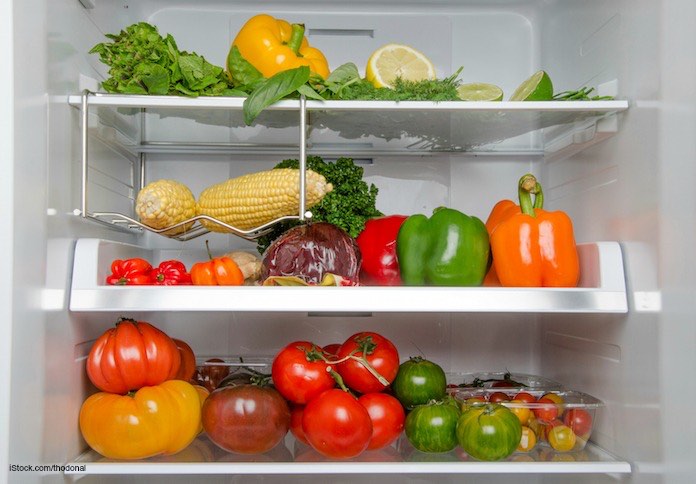Did you know that weather-related power outages have increased by 67% since 2000? Aging infrastructure and climate change are stressing our power grid. Because of the increased energy demand, some power grids can experience blackouts. And of course, severe weather can cause extended power outages. Brownouts can also occur when electric providers ask consumers to voluntary conserve energy or a reduced flow of electricity will be scheduled. So learn how you can stay food safe during temporary power outages.

To stay food safe, always keep and appliance thermometer in both your refrigerator and freezer to make sure that the temperature stays below 40°F in the fridge and below 0°F in the freezer. Food will stay at a safe temperate run the fridge up to four hours during a power outage. In the freezer, food will stay safe for up to 48 ours in a full freezer and up to 24 hours in a half-full freezer. Keep the doors closed for these time frames.
If the power outage extends beyond that time frame, keep coolers, ice, and frozen gel packs on hand at all times. Make sure there is enough ice in the cooler to keep the food at 40°F or below. Add more ice or frozen gel packs as they begin to thaw.
If you can plan ahead, obtain dry ice or block ice if a storm is coming or if you know that your power is going to be out for a long period of time. Fifty pounds of dry ice will hold and 18-cubic food freezer for two days. But be very careful handling dry ice, since it and burn if you touch it with bare hands. And never put dry ice in direct contact with food.
Finally, remember the mantra “When in doubt, throw it out.” Never taste food to see if it has spoiled. If frozen food no longer has ice crystals, throw it out. And if food has been in the danger zone of 40°F to 140°F longer than two hours, discard it. Don’t cook that food since some pathogens produce toxins as they grow that aren’t destroyed by heat.




